Rabbits are one of the cutest animals you can raise on the homestead. Their soft and fluffy bodies are irresistible. Rabbits are also diverse. You’ll find quite a difference in the colors, sizes, and hair textures; you can raise them as meat or pets.
Rabbits are often overlooked in favor of larger livestock like cattle, goats, or pigs. That said, raising rabbits can be profitable and doesn’t take up as much space or resources as larger animals. If you’re short on space, raising rabbits may be a perfect option for your homestead. Read on to learn more about raising rabbits including how to house and feed them, and common breeds.
Housing Rabbits
Rabbits are crepuscular which means that they spend the majority of their day sleeping and wake at twilight. They aren’t entirely nocturnal, but if you’re worried about raising rabbits that will make noise and keep you awake, locate their pen outside or away from where you will be sleeping.
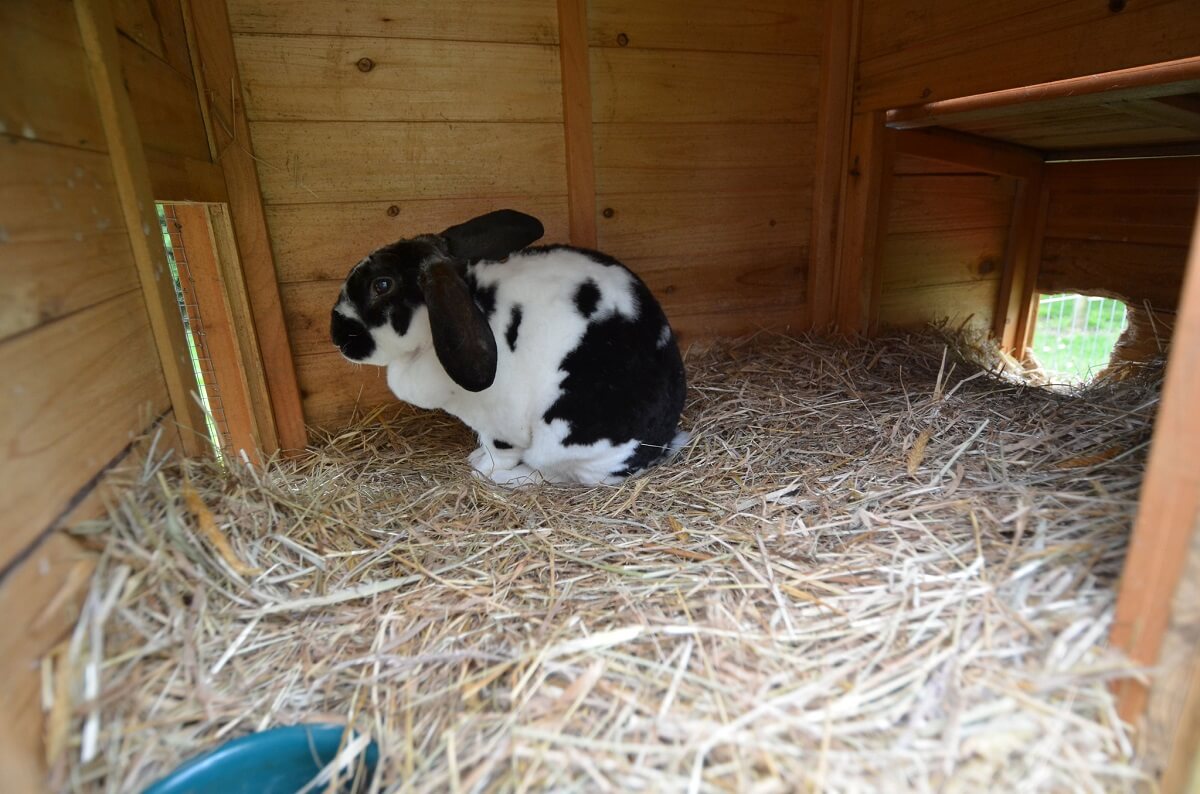
You may think that housing rabbits in a wire cage is the best idea since that’s what many owners provide, but do not house your rabbit in a wire-floored cage. It can be a tempting idea (so rabbit pellets can fall through the floor of the cage for easy cleanup). However, rabbits do not have padded feet and wire floors can be hard on them.
Related Post: 25 Free Rabbit Hutch Plans to House Your Furry Friends
If you do provide wire floors for your rabbit, make sure that they have plenty of solid flooring where they can escape and rest their feet. Rabbits that are kept on wire floors will spend the majority of their time on feeders and litter boxes, which is less than ideal. Something simple like a rug on the wire can provide them relief.
How much space do you need when raising rabbits?
Rabbits should be housed in a space that is at least 3 to 4 times their body size when they are laying down. This is the minimum space they require and only works for rabbits that have access to an exercise pen or larger open space.
Like many other animals, the more space you can provide them, the better. Rabbits that are 100% confined need a much larger space to live and exercise. An exercise pen is a great way to get your rabbits outdoors in a more natural setting and provide them with much-needed legroom.
Litter Training Your Rabbits
You may be surprised to learn that rabbits can be litter trained. Many rabbits can learn to use a litter box. Raising rabbits that are litter trained can allow them to have more freedom. Owners that raise rabbits indoors often litter train them and allow them to roam the house. Don’t worry about them making a mess. Once they are trained, they will return to their litter box.
Don’t Leave Rabbits Unattended At Night
Rabbits should not be left out or unattended at night. Secure rabbits in a pen that is out of reach of predators and curious dogs. Raccoons, foxes, opossums, coyotes, dogs, and cats will all try to make an easy meal of rabbits.
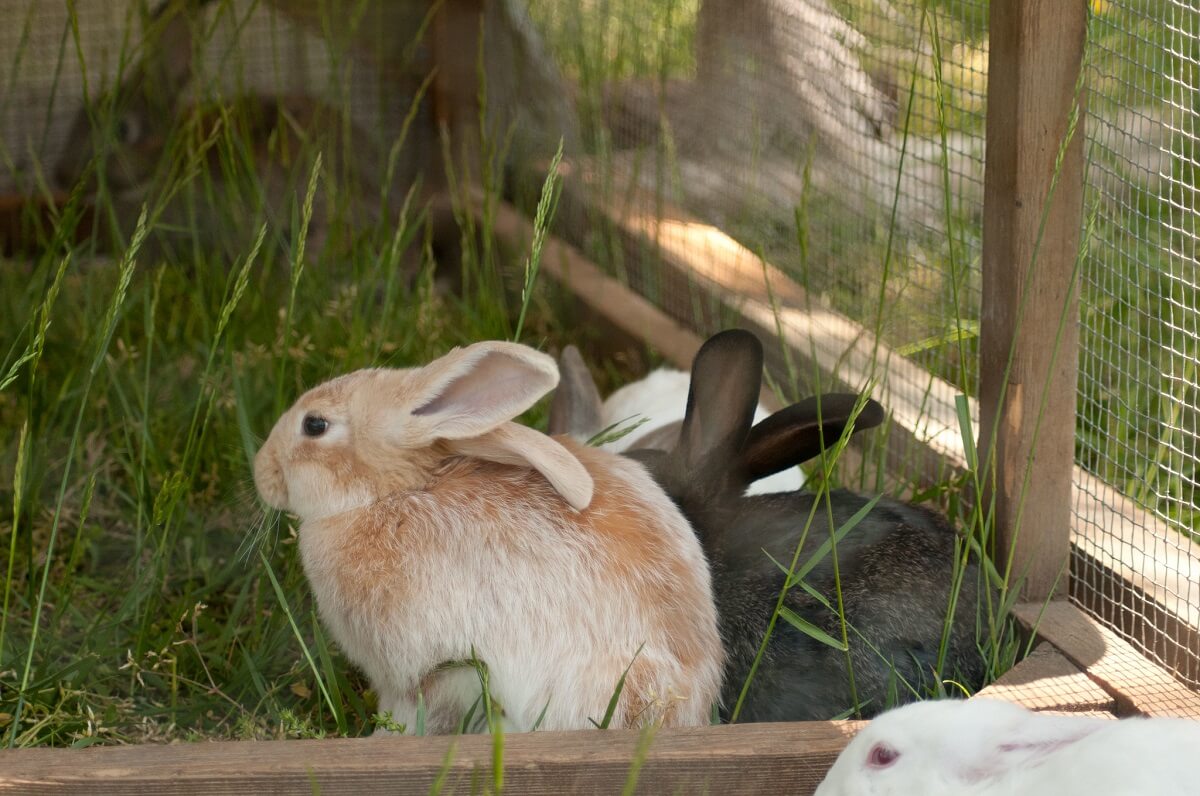
It is possible for rabbits to die by a scare from potential predators. Keep rabbit enclosures away from possible predators. A solid, enclosed house can give rabbits a space to escape and stay out of sight.
What To Feed Rabbits
Rabbits are herbivores which means they eat only plants. The majority of a rabbit’s diet should come from long-stemmed fibers. In the wild, they would get this by consuming grass. In captivity, they can get fiber with hay. Hay should make up the majority (80 to 90%) of a rabbit’s diet. They are grazing animals, so they will spend large amounts of time eating hay.
Hay
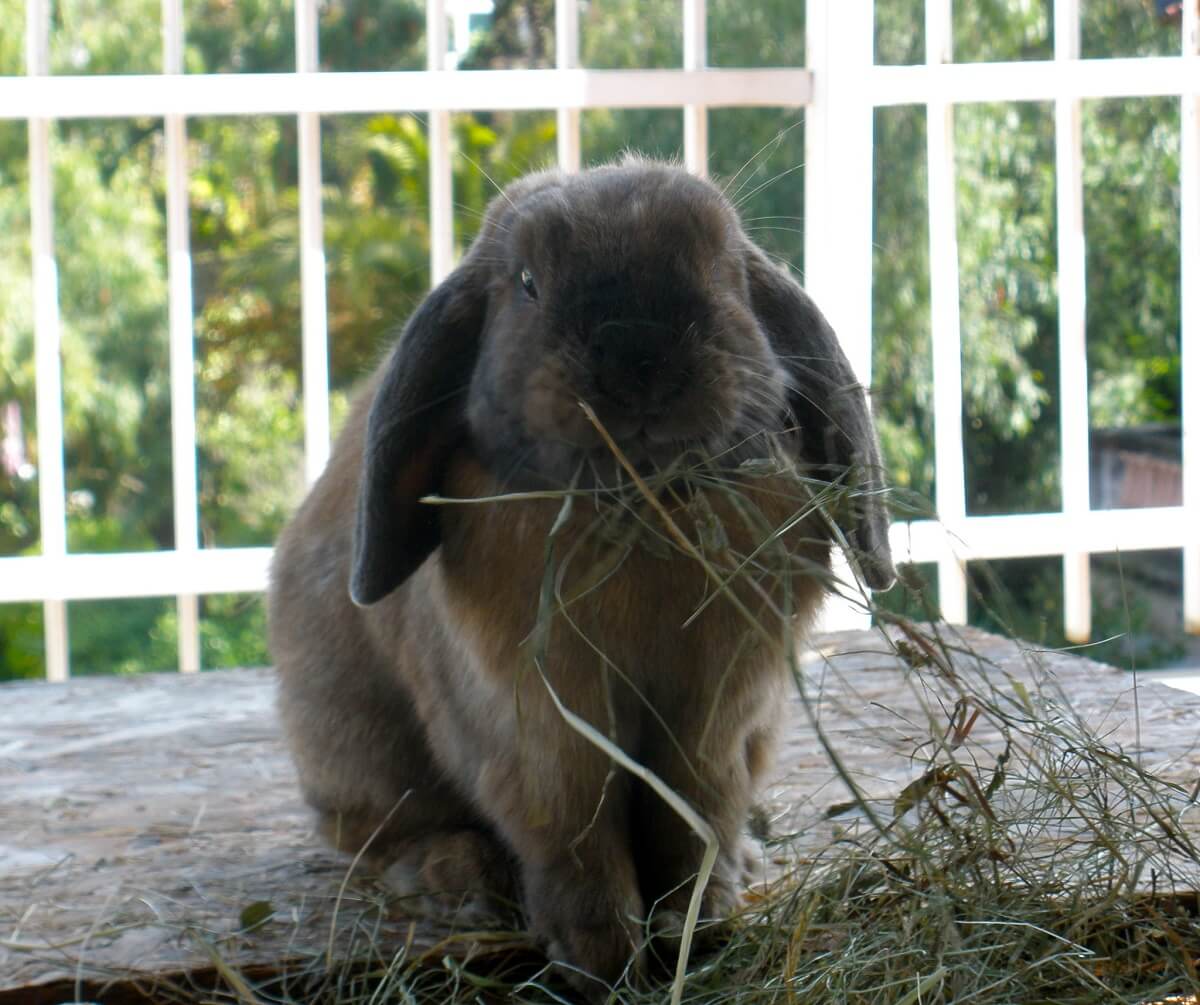
Rabbit teeth grow constantly to accommodate the frequent chewing that rabbits do. When picking out hay for rabbits, don’t purchase the same hay that you would for goats or cattle.
Related Post: The Basics Of Straw Bale Gardening
Look for timothy, orchard grass, brome, or oat hays. Avoid alfalfa hay which is too rich to feed to rabbits daily. Rabbits have sensitive digestive tracts, so introduce new hays and feeds slowly. Don’t feed moldy hay that can make them sick.
Store-Bought Pellets
You can find rabbit food in many stores. However, this rich food should not be the majority of a rabbit diet. There are different kinds of pellets. Some are made with timothy hay and some with alfalfa. Compare different pellets and choose the one with the highest fiber content.
Related Post: Raising Champagne d’Argent Rabbits
Avoid the pellet feeds that have corn, seeds, or nuts added. These can be harmful to rabbits. Rabbits don’t need much when it comes to pelleted feeds. An average-sized rabbit needs 1/4 cup of pelleted feed per day while a small rabbit only needs 1/8 cup of pellets.
Vegetables And Herbs
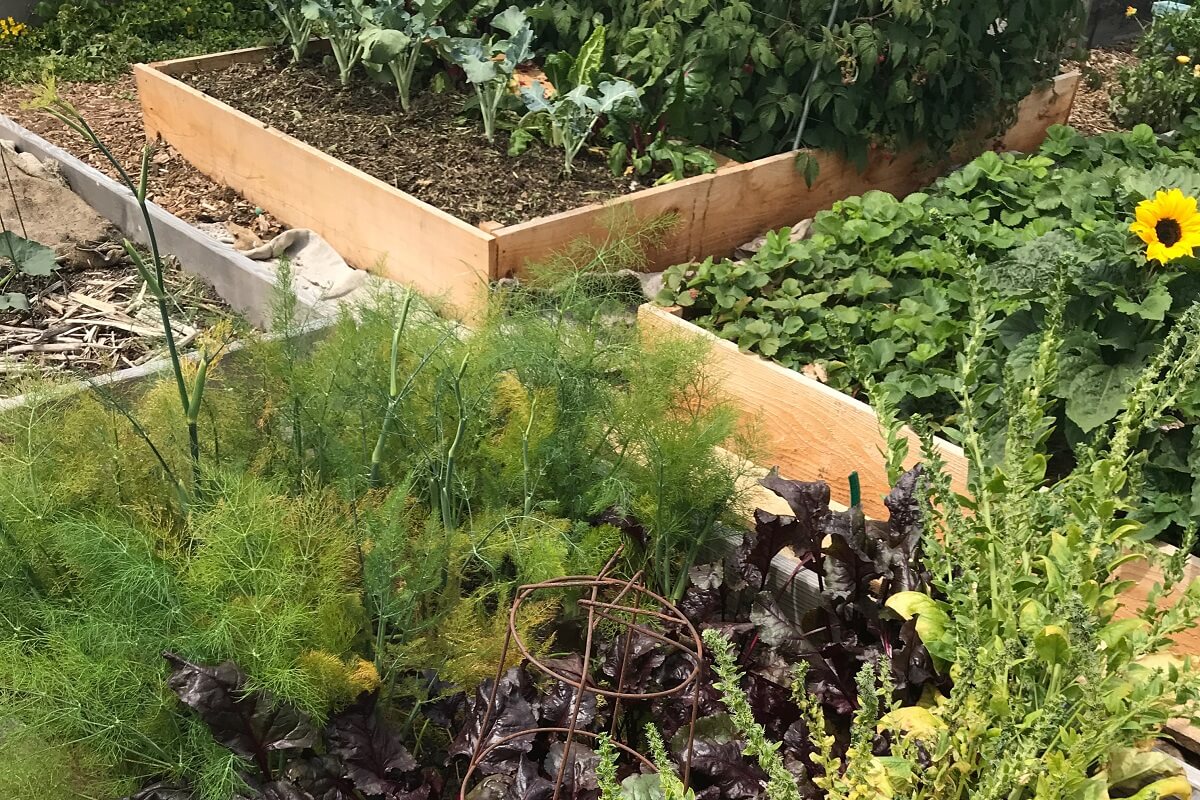
You may think that rabbits can survive on just carrots and lettuce, but this should make up a small part of their diet. Rabbits do enjoy vegetables and herbs and most greens are acceptable. Again, these should be a small portion of their diet. Don’t provide more than a couple of cups of vegetables per day.
Related Post: 12 Chicken Friendly Plants To Grow Next To Coops
Introduce new vegetables or herbs slowly. Lettuce, okra leaves, bell peppers, radish tops, wheatgrass, zucchini, and herbs such as basil, cilantro, dill, mint, and oregano can be fed daily. Leafy greens like kale, spinach, collards, chard, and dandelion greens can be fed once or twice a week. Rabbits do enjoy fruit, but it should be offered sparingly.
Rabbit Health And Potential Problems
Rabbits are usually pretty healthy, and they are good at hiding when something is wrong. Rabbits are prey animals and the sick, weak, or injured prey are usually the ones targeted first, so they try to hide any health problems. Overgrown teeth, snuffles, and hairballs are the most common.
Overgrown Teeth
Rabbit teeth grow constantly to accommodate the frequent chewing required to break down the grasses they consume in the wild. Their teeth must be ground down to prevent them from overgrowing and forming sharp points.
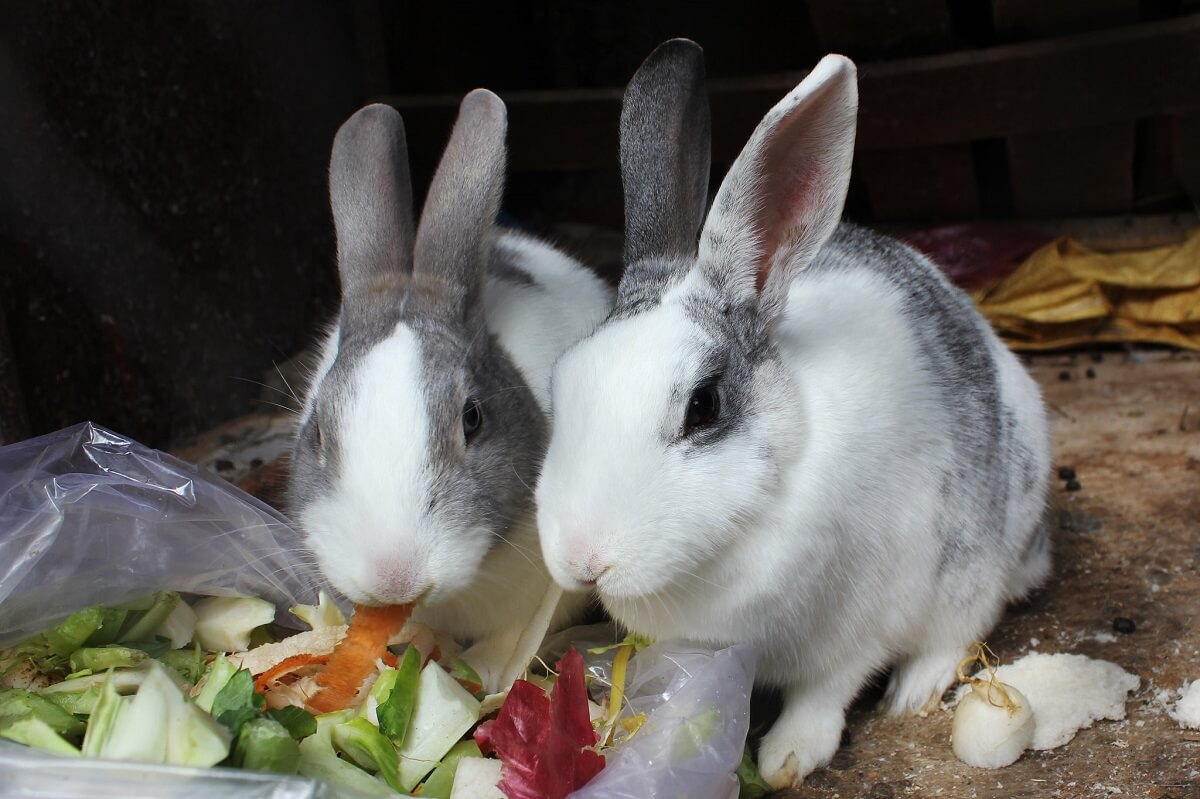
A proper diet that is composed mainly of hay is the best way to prevent overgrown teeth. A veterinarian can remove any sharp points or file down the teeth if needed.
Snuffles
Rabbit snuffles are caused by bacteria and can infect the eyes and nose. Occasionally, it can cause ear infections and abscesses. The bacterium that causes the infection is always present in the nasal cavity of rabbits. Bacteria grow in times of stress, so the best way to prevent snuffles is to reduce stress. Introduce new rabbits (or toys and food items) gradually to minimize stress.
Hairballs
Similar to cats, rabbits groom themselves. It’s expected to find hair in the digestive tracts of rabbits since they cannot vomit and get rid of it. Hairballs are one of the most common problems that affect rabbits and can become a problem if there is not enough fiber in the diet.
Rabbit Types And Breeds
A quick online search will show you there are numerous types of rabbits. There are rabbits that are raised for their meat, rabbits that are raised as pets, and rabbits that are raised for show. Large meat rabbits can weigh close to 20 pounds while small dwarf rabbits weigh as little as 2 pounds.
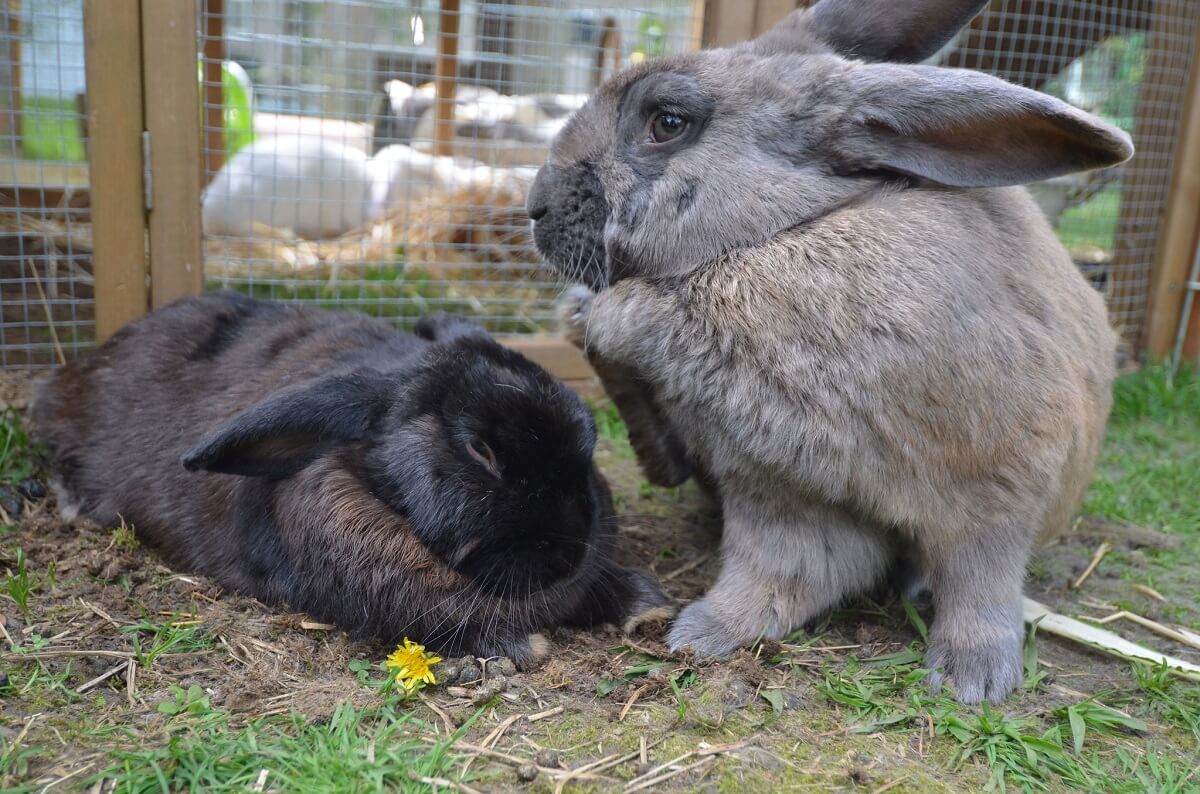
There are rabbit breeds out there for people who want fuzzy rabbits, spotted rabbits, rabbits with erect ears, or rabbits with ears that flop. Lop-eared rabbits are breeds that have floppy ears. Some fun breeds to check out include California, Lion’s Mane, Polish, Mini Res, and French Lop.
How To Properly Handle Rabbits
It’s important to handle your rabbits frequently from a young age to help them learn to socialize with people. Gentle, slow movements are crucial. Remember: Rabbits startle easily and can literally be scared to death. Handle rabbits gently but firmly — with a hand under the back legs and another hand over the back and neck.
If a rabbit starts to feel startled, you can cover its eyes carefully with your arm to help it feel secure. Don’t place rabbits on a slippery surface. A towel under them can help them feel more comfortable.
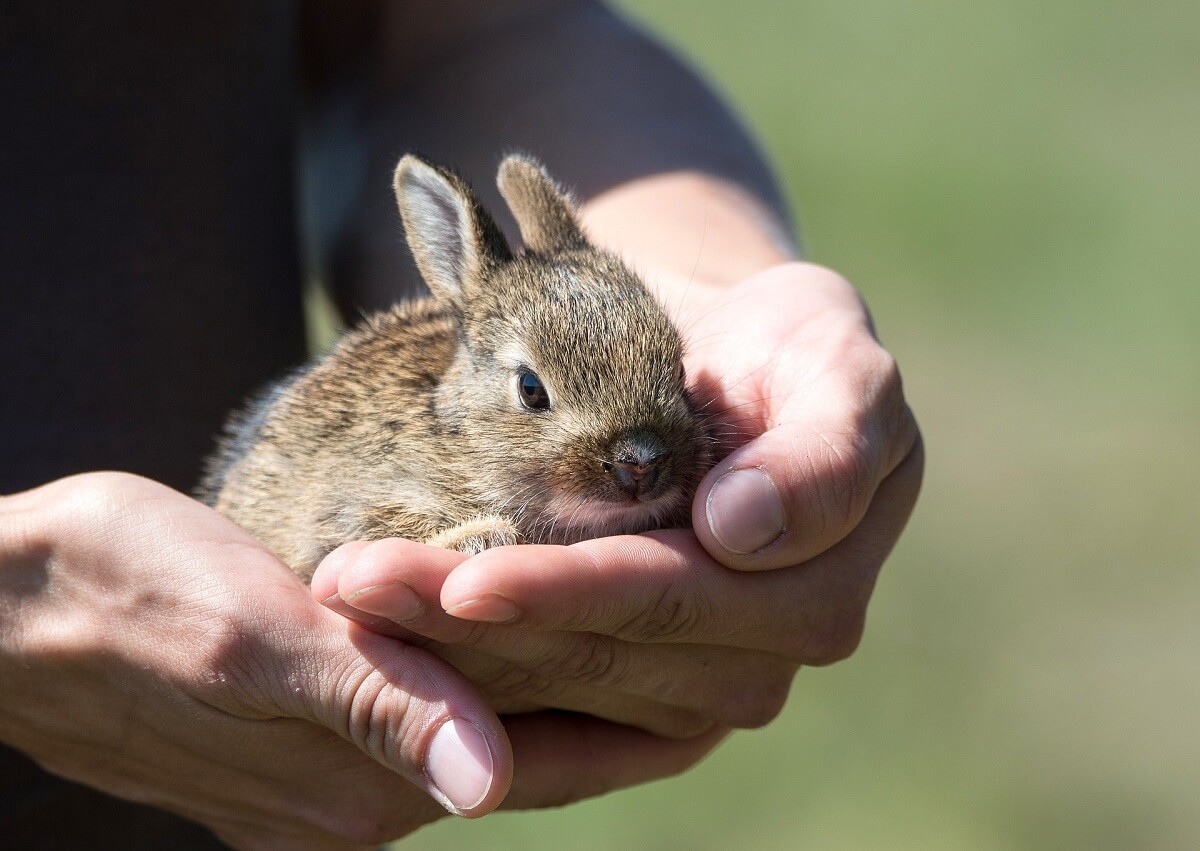
Rabbits fit easily into most homesteading operations and can be a good source of income. Purebred rabbits can be sold as pets or show animals. Meat rabbits are also increasing in popularity with more and more grocery stores finding a demand for rabbit meat. Whatever your reason for raising rabbits, you’re sure to enjoy them.
Related Post: 18 Robust Rabbit Recipes
Do you raise rabbits on your homestead? What are your tips for raising rabbits that are healthy and happy? Let us know in the comments below!


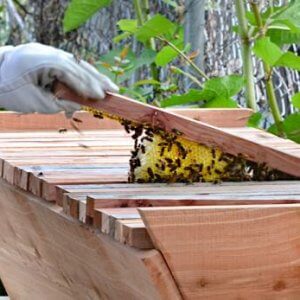








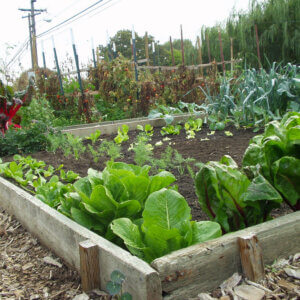











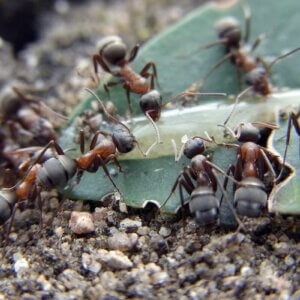
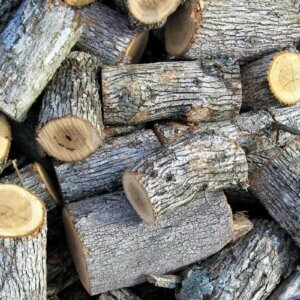






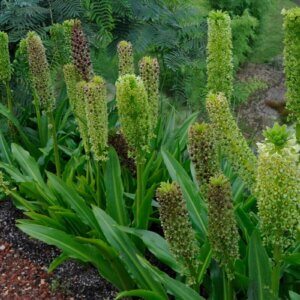



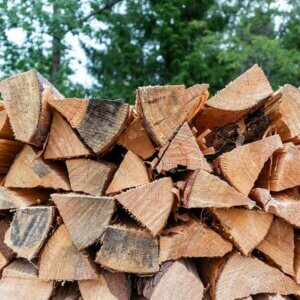
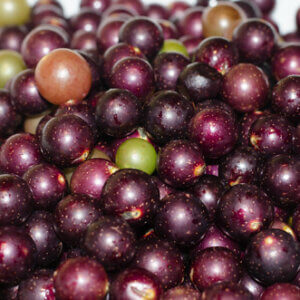



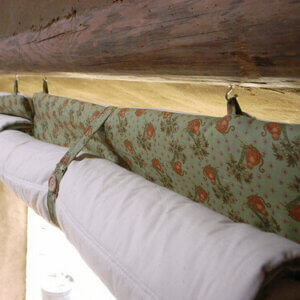

Leave a Reply